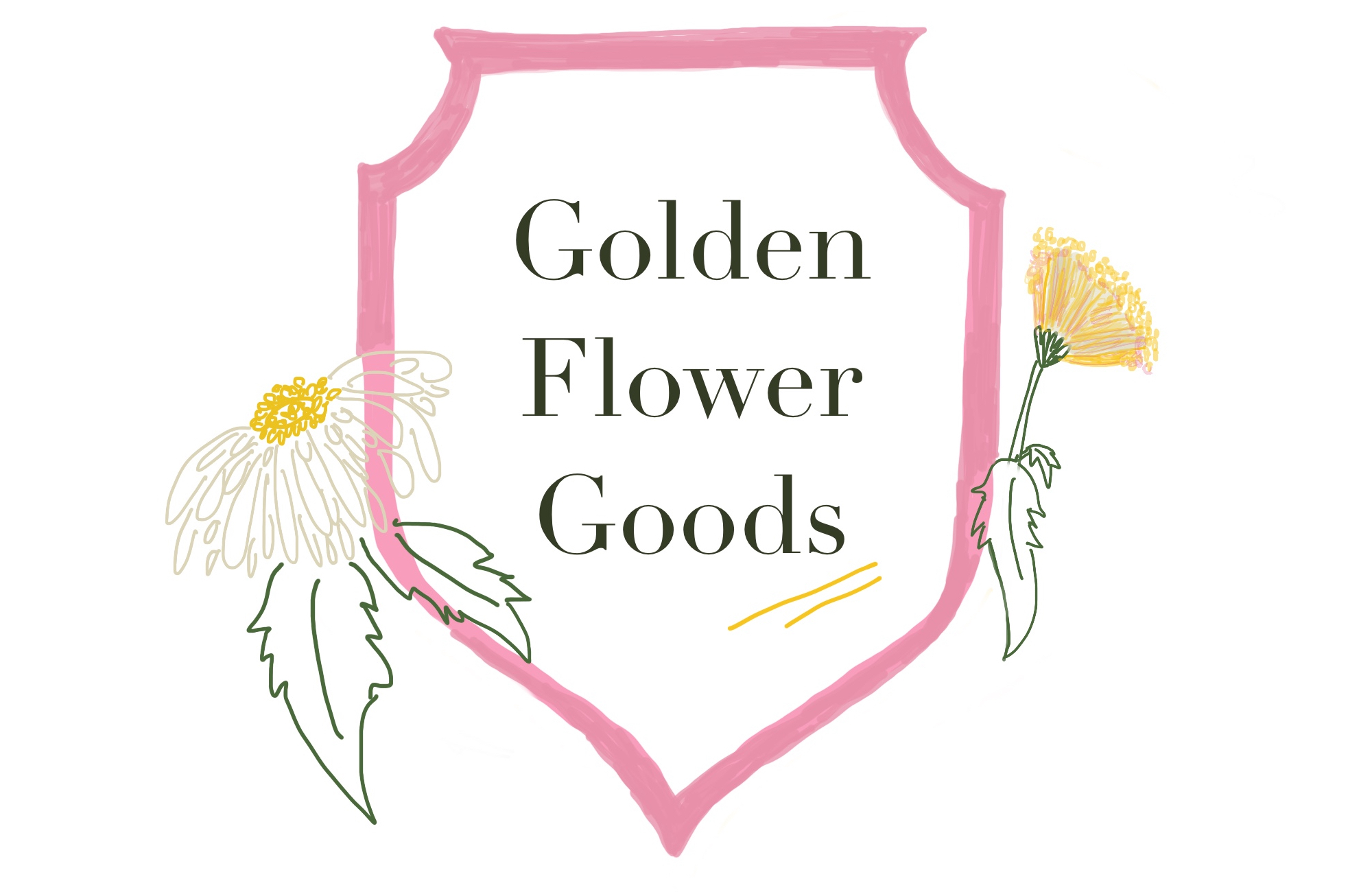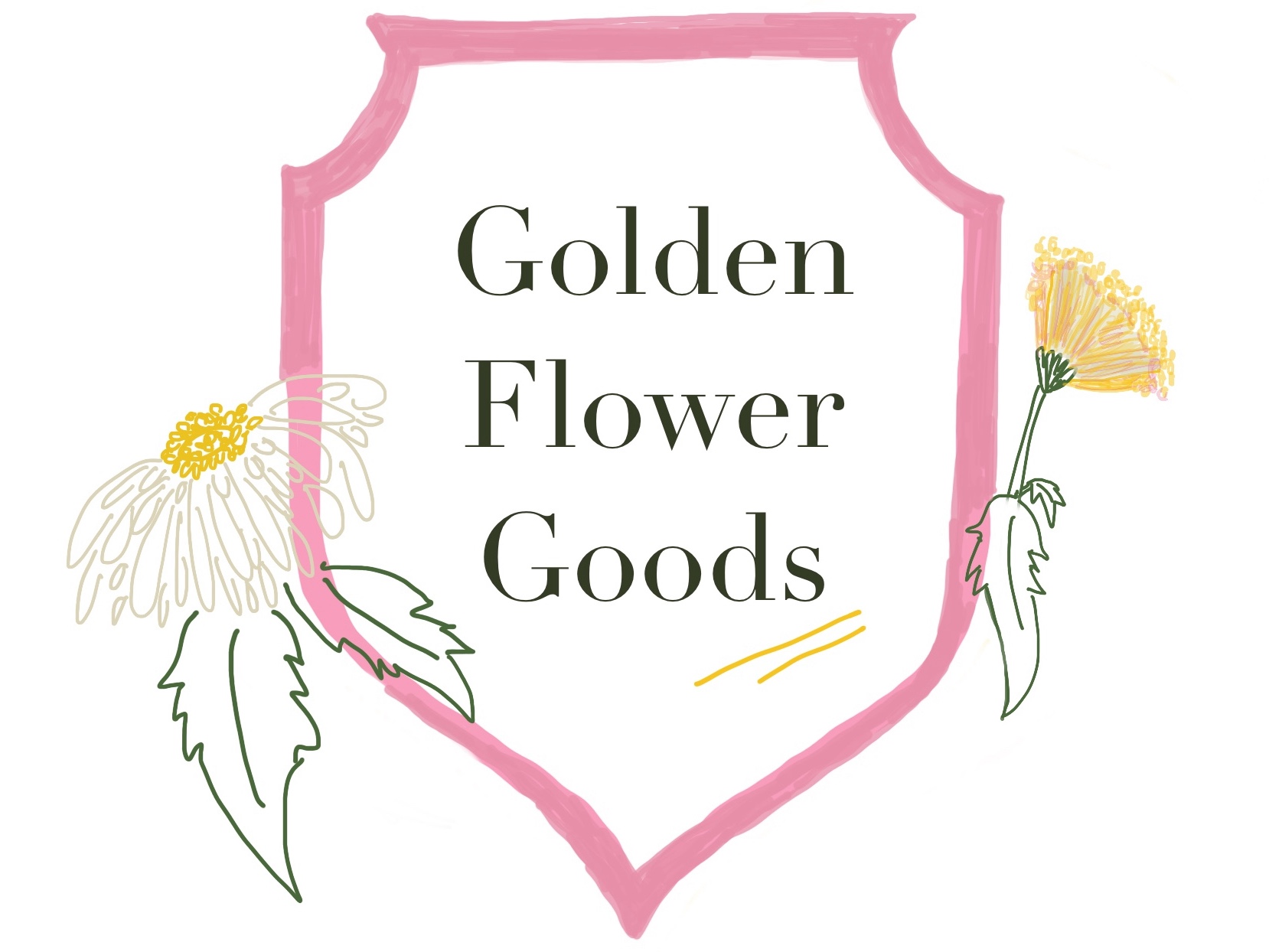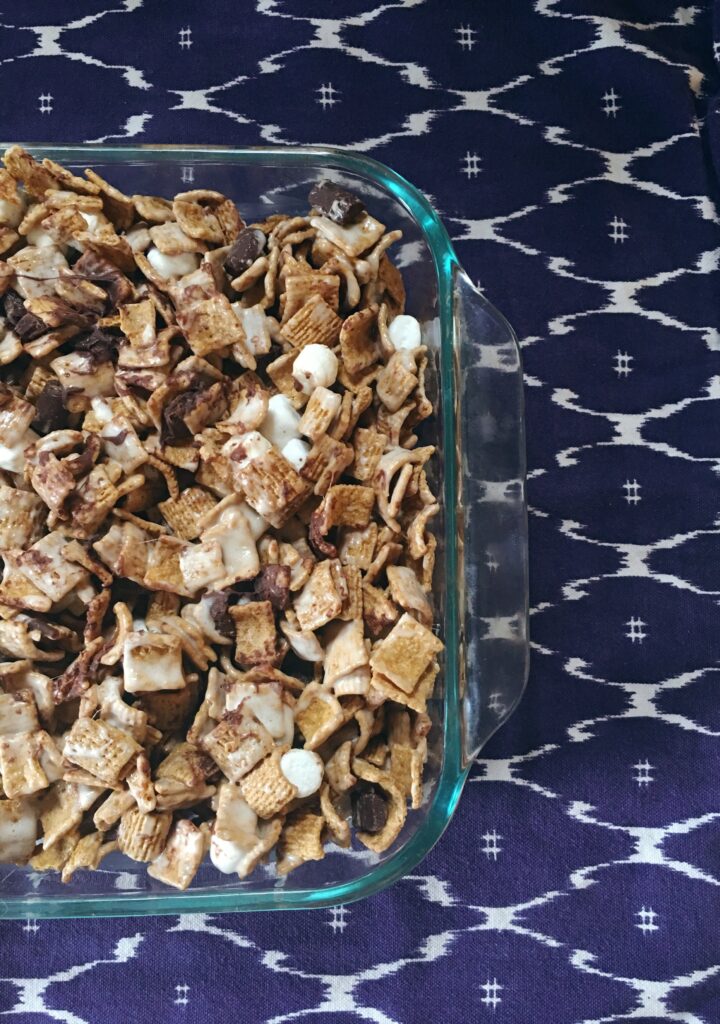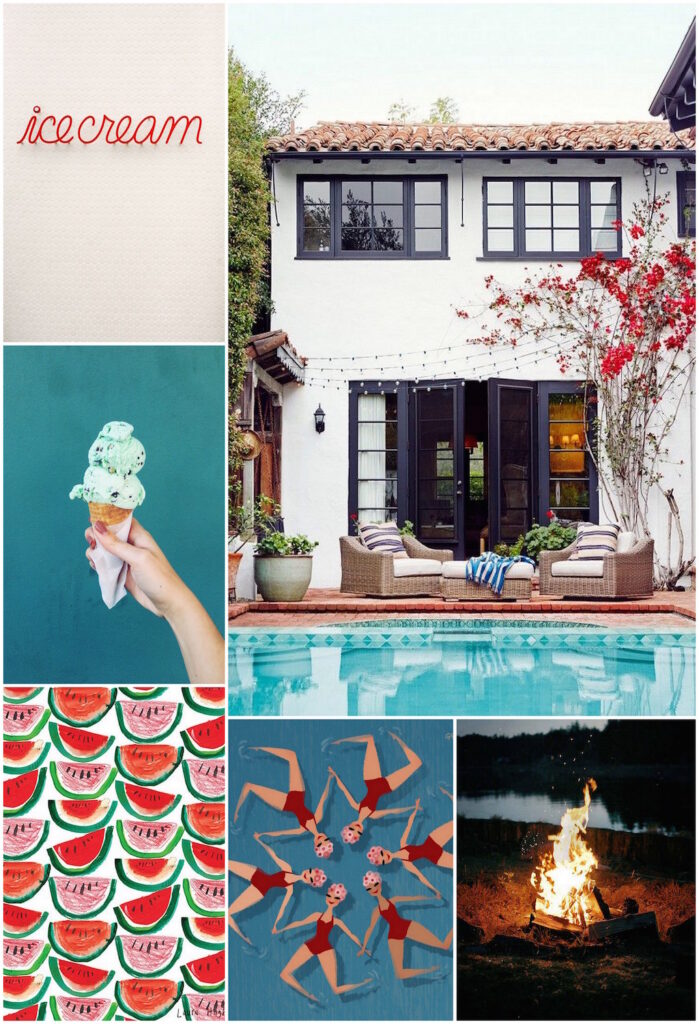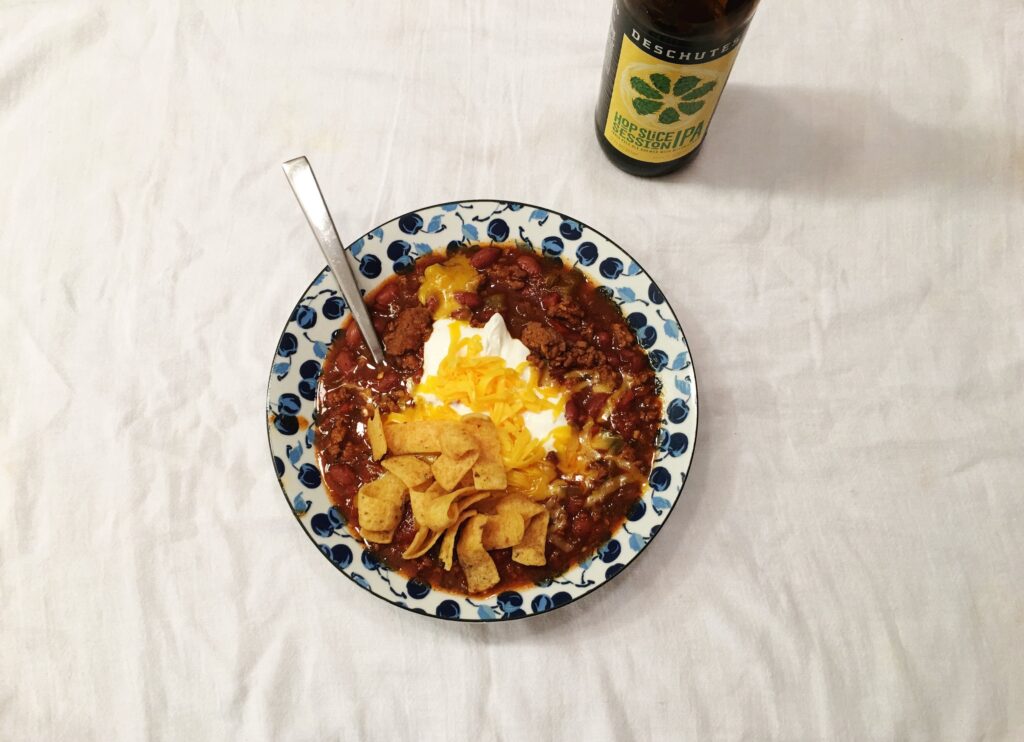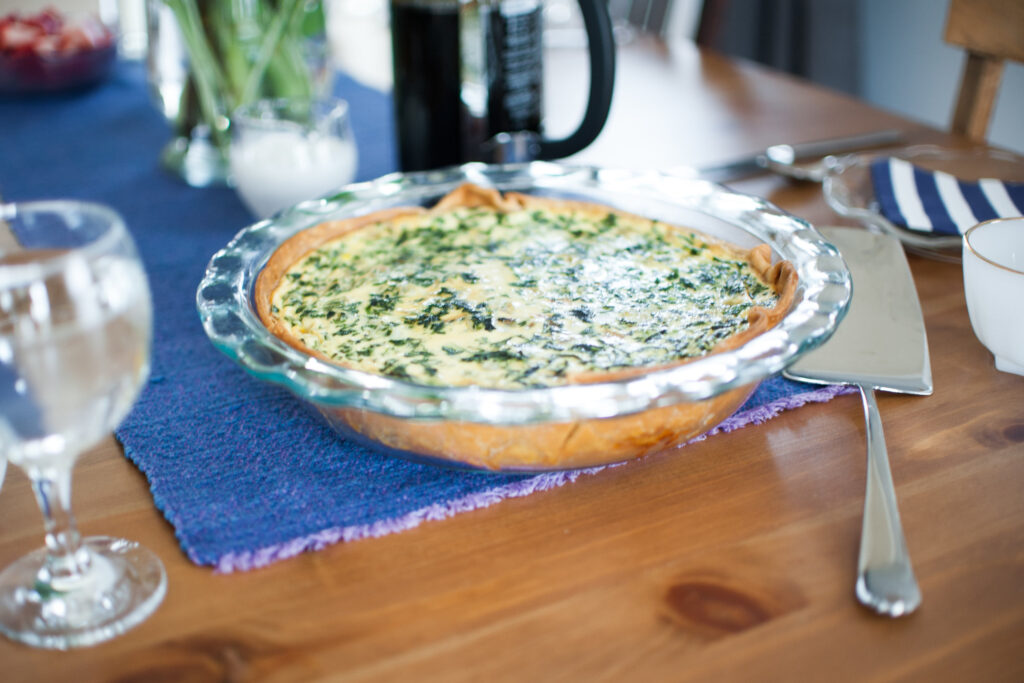So, Let’s Talk Rosé
While my husband’s family are all committed red wine drinkers, I personally have been enjoying experimenting with wines of the more pink variety. Plus, according to Food & Wine magazine, sparkling wines go better with a greater variety of dishes than any other wine, which is great for me because I never know what goes with what.
Rosés come in both sparkling and non-sparkling varieties, and they get their pinkish hue from contact with the skins of red grapes during part of the fermentation process. They are also not let to ferment for very long, and as result, they are meant to be consumed soon after bottling. Because they are “young” wines, you can find a good bottle of rosé for around $15.
Rosé combines the light, lively freshness of white wines with the fruit and depth of reds, making them “pair well with a remarkable range of foods, from delicate fish like sole to meats like pork and veal. Rosé also works very well with Chinese, Thai, Mexican, and Greek foods.”(1)
What allows for the versatility of rosé? “Some are crisp, light, and bright, making them perfect companions for raw-bar fare, while others muddle around with those skins longer, giving them bold fruit, a more tannic grip, and the muscle to go with meatier main dishes, like spicy chicken or pork.” (2)
So, what should you and I look for to find the perfect blushing flute to complement our meal? Here are some tips I found in my research.
-
Higher-alcohol wines tend to be bigger in body and should thus be paired with foods that are also heavier or more complex in flavor. (3)
-
Rosé, unlike red wine, does not age well. It is meant to be consumed soon after bottling. (4)
-
Dry = not sweet (5)
-
The lighter the hue, the lighter the taste. (6) Interestingly, “many studies have shown that the color of wine influences consumers’ perceptions about wine. While these studies have shown that consumers tend to prefer, on visual inspection, the darker rosés, in a blind taste test where color could not be visually discerned, often consumers preferred the lighter-colored rosés.” (7) That being said, a lighter taste or “body” is better paired with lighter foods, like a salad or white fish.
-
French rosés tend to be lighter and gently fruity. Spanish varieties are often darker and fruitier. (8)
-
“Blush” wines are rosés, typically from California, that tend to be relatively sweet, pink wines. The term blush wine became popular in the U.S. in the 1970s. As far as I can tell, they started using “blush” primarily because the term rosé was unpopular at the time, although the wines under this name also tend to be on the sweeter side. (9)
-
“Pair sweet with sweet if looking for a good dessert wine. Don’t contrast dry wine with sweet desserts”, says Martha Stewart Weddings. (10)
-
When in doubt, consider a French Provençal Rosé. Apparently, rosés account for the vast majority of Provence’s wine production, so they are familiar with the style and known for exceptional pairings with the local Mediterranean fare. (11)
Would you try a rosé, or are you committed to white or red primarily?
{Top image via Martha Stewart Weddings, middle image via Luksemburk, bottom image via Good Housekeeping, quote by Sheri Sauter Morano, Master of Wine}
